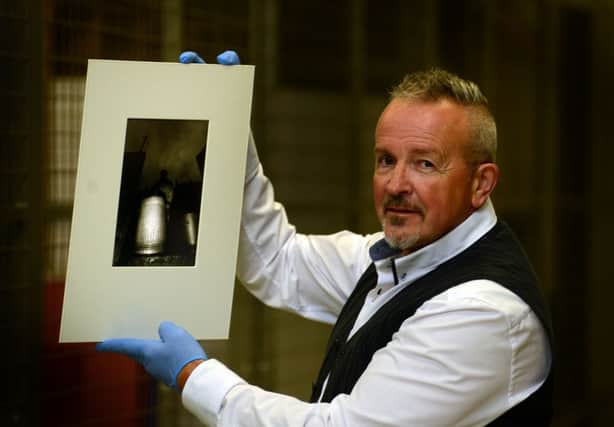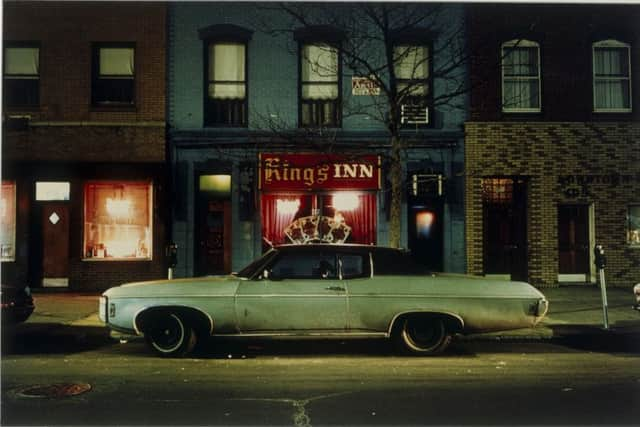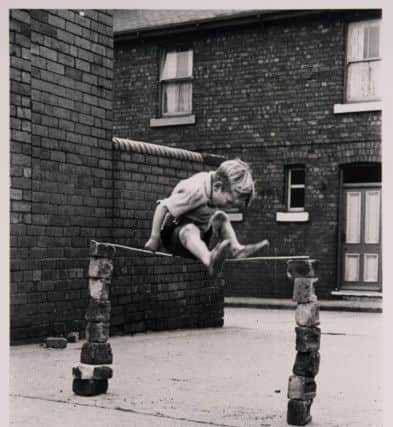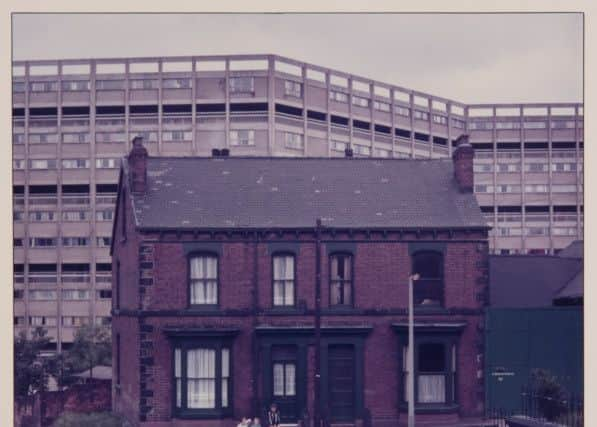Exposure at last


They feature in Street View: Photographs of Urban Life, which has just opened at Sheffield’s Graves Gallery. Showcasing the city galleries’ wide-ranging collection of photography, the exhibition includes many intriguing images of urban life.
None has proved more intriguing than four shots of refuse collectors dated 1977 and attributed to “Glenn Herbert”. Spectral men heave heavy bins into lorries, figures loom in the shadows, the camera’s flash catches drizzling rain on dark days.
Advertisement
Hide AdAdvertisement
Hide Ad“It’s a compelling and captivating view of something most people wouldn’t think twice about,” said Catherine Troiano, the exhibition’s curator, when we met to discuss it. “Glenn Herbert is presenting a mundane task and putting a unique twist on it. But I don’t know anything about him; I’ve been trying to track him down, but no luck.”


I said I’d get on the case. A bit of Googling found just one person in Sheffield fitting the bill. It was a long shot, but I rang. He turned out to be a litigation executive – but, he said, his father was also called Glenn and had studied photography.
I phoned Glenn Herbert senior. It wasn’t a conversation he was expecting. Yes, he said, he’d taken pictures of binmen – when he was at Sheffield Polytechnic’s School of Art and Design from 1974 to 1978. “I worked on the bins to get a bit of cash and decided to do a photo-documentary on the guys I was working with for my final degree show,” he said. “They were known as the Crazy Gang – always up to some kind of antics.”
After graduating, he abandoned the idea of trying to become a professional photographer and joined the police. “I keep all my prints in boxes; they’ve not seen the light of day for years. This is the first time any have been displayed in a public gallery. I feel quite honoured really. Fame at last after 40 years!”
Advertisement
Hide AdAdvertisement
Hide AdA mystery remains about how the pictures found their way into the Sheffield galleries’ collection, which was launched in the 1970s. Most of the 60 or so pictures in the exhibition come from the collection and many haven’t been publicly displayed for 20 or 30 years, if at all. “It’s a little gem of a collection,” says Catherine Troiano, assistant curator of photographs at the Victoria and Albert Museum in London. The city’s galleries were in the vanguard of collecting photographs at a time when they were still seen as “not quite proper art”.


The galleries went for big names – many represented in this exhibition. Here are some of Bill Brandt’s brooding 1930s studies of northern England – a cobbled snicket in Halifax, a Sheffield terrace on a foggy evening.
Here are Humphrey Spender’s candid shots of tired men on the Jarrow Hunger March, taken before his most famous project – his Worktown series of Thirties life in Bolton and Blackpool.
Here is Jane Bown’s famous shot-from-behind of Hugh Gaitskell and Aneurin Bevan walking along Brighton prom at the 1957 Labour Party Conference. And some of Martin Parr’s controversially frank studies of working-class holidaymakers in New Brighton.
Advertisement
Hide AdAdvertisement
Hide AdAmong pictures by such luminaries as Henri Cartier-Bresson, Walker Evans and Cecil Beaton, there are Leeds and Sheffield street landscapes by Peter Mitchell, recently featured in this magazine; Roger Mayne’s uncompromisingly honest shots of headscarfed women and playing children at Sheffield’s Park Hill flats; Fay Godwin’s study of a rainy West Yorkshire lane.


And there’s a selection of the haunting photographs taken by Jack Hulme of everyday life around his home in Fryston, the mining village near Castleford.
What unites the exhibition’s pictures is that they all feature street scenes. Many offer snatched moments from everyday life, with around 70 per cent black and white.
Now, of course, photographs have an even wider circulation, thanks to mobile phones and iPads. It creates the delusion that “we can all be photographers now”. “We’re taking more photographs than ever before,” says Troiano. “I would wager that practically every person who comes to the exhibition will have a camera or a phone or a tablet or another device. But the snaps I take of my dog aren’t the same as the work of a photographer who goes out with a specific purpose.”
Advertisement
Hide AdAdvertisement
Hide AdWhich is what Glenn Herbert did with the bin men. Once he got over the shock of finding himself an exhibiting photographer, he started reflecting on his student days. “This has almost reignited the same kind of passion for photography I used to have,” he said. “I also took pictures of bodybuilding for a thesis on it as an art form...”
Street View: Photographs of Urban Life continues at Sheffield’s Graves Gallery until March 11. Admission is free.